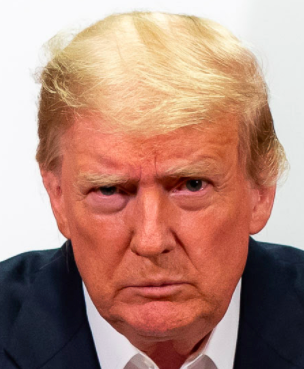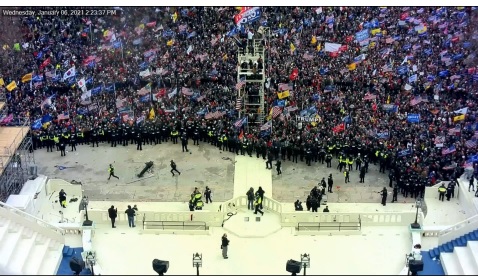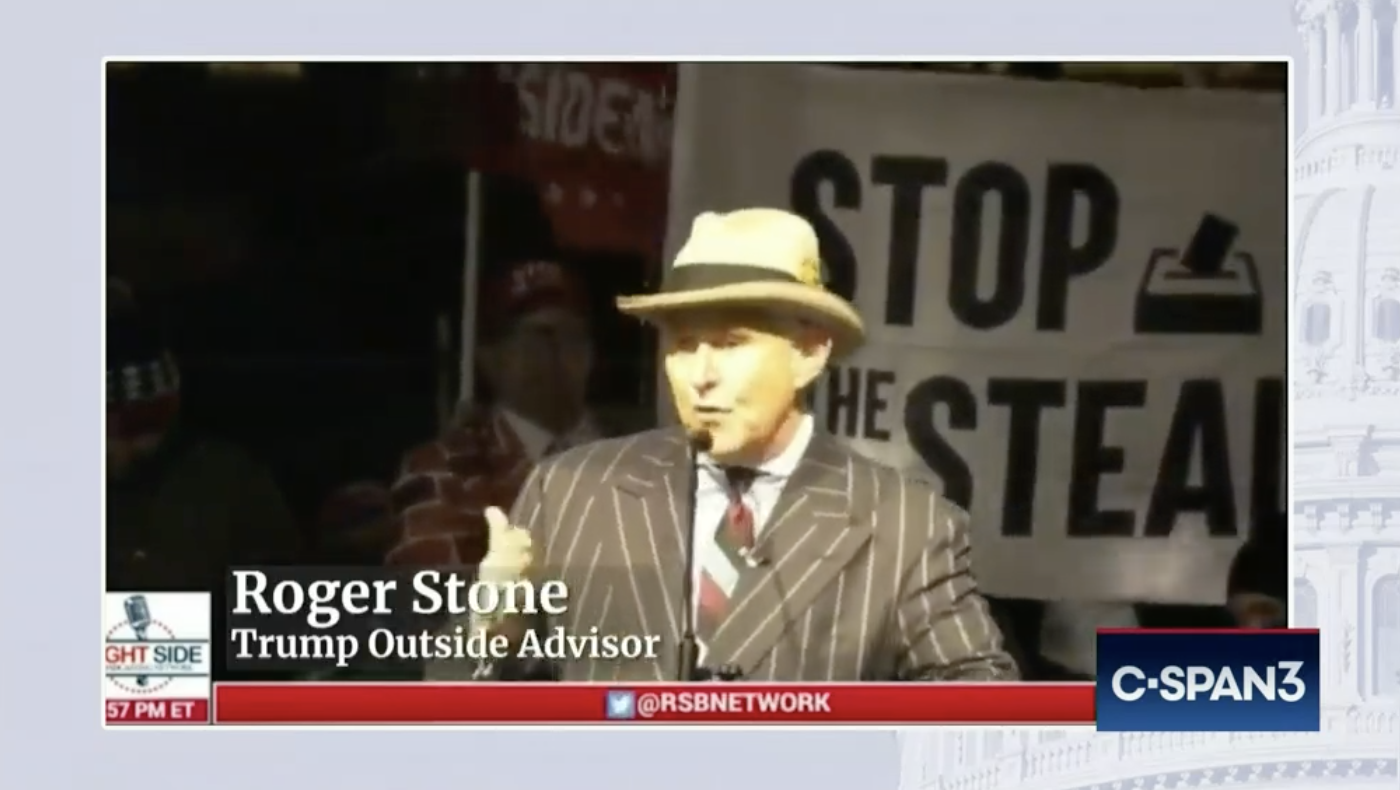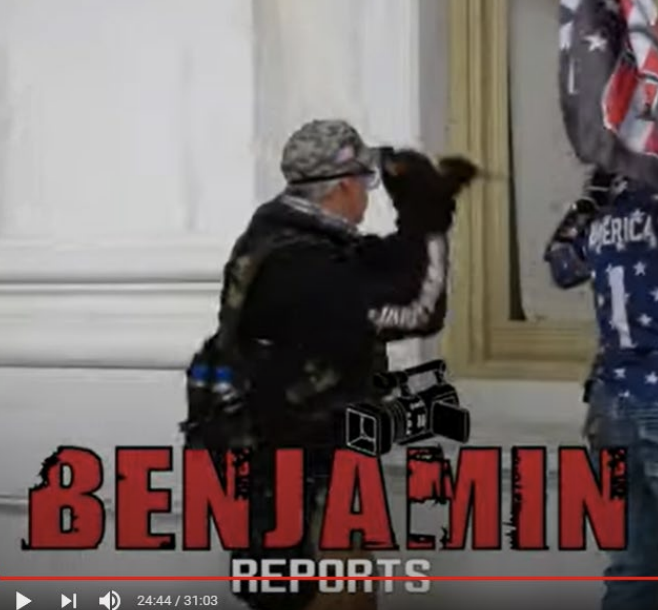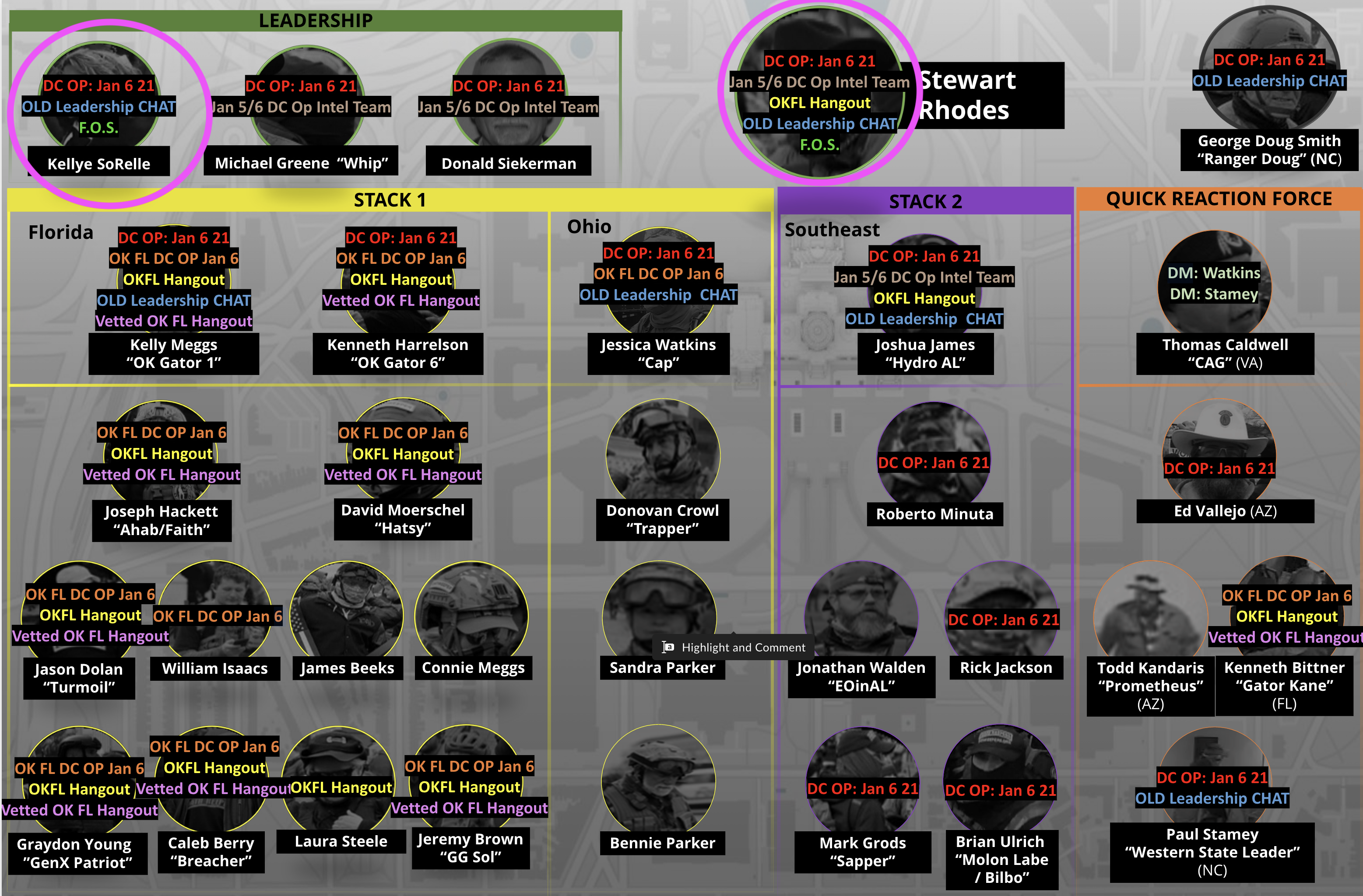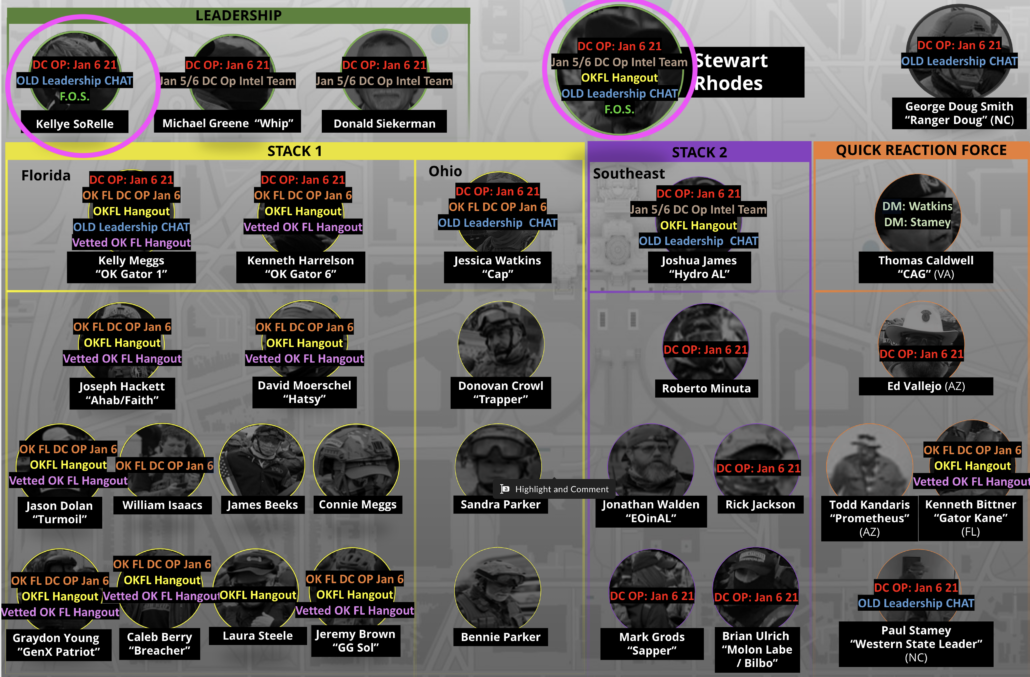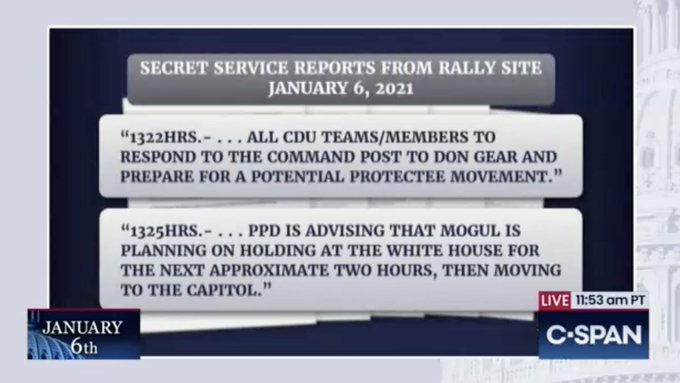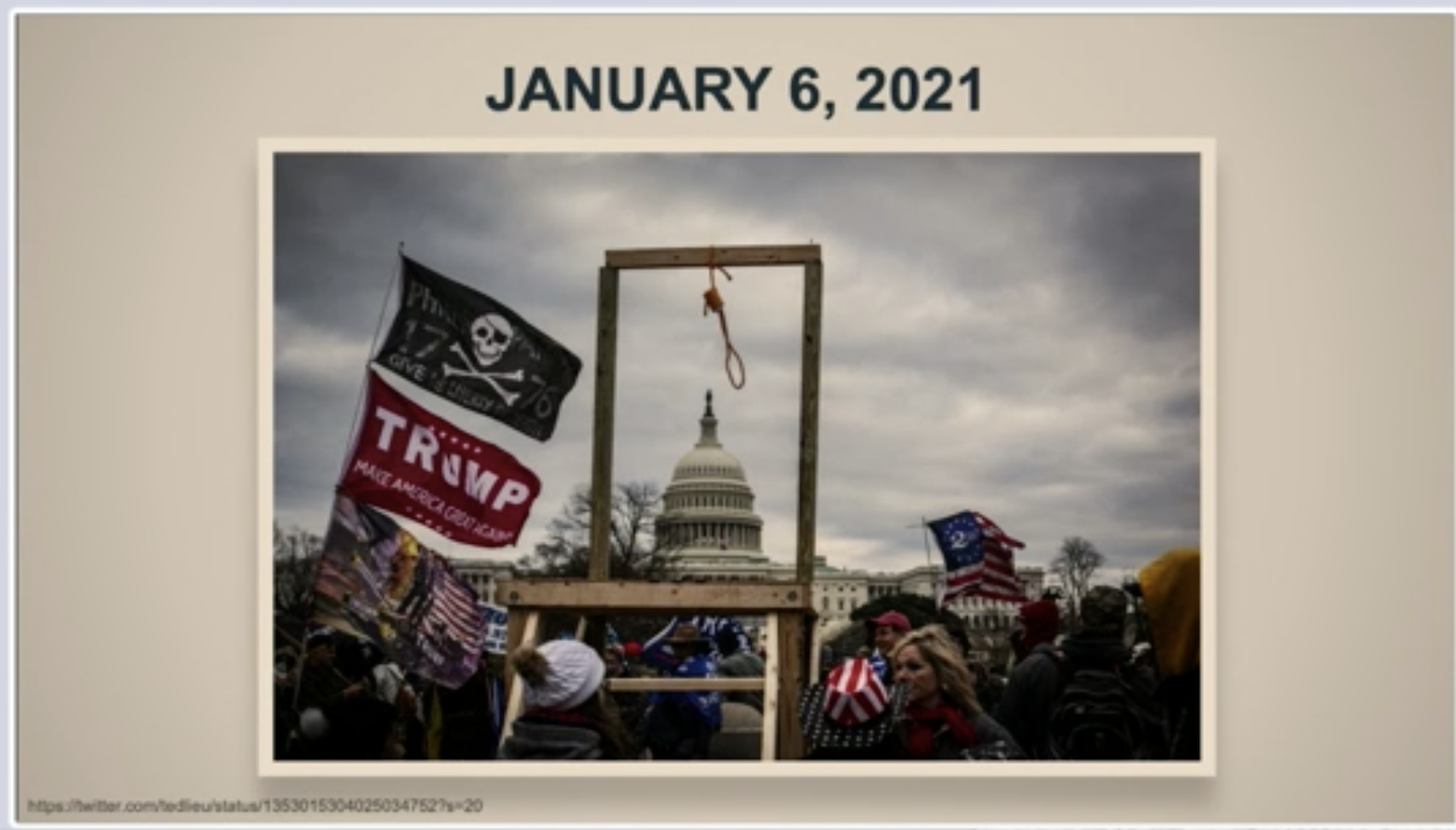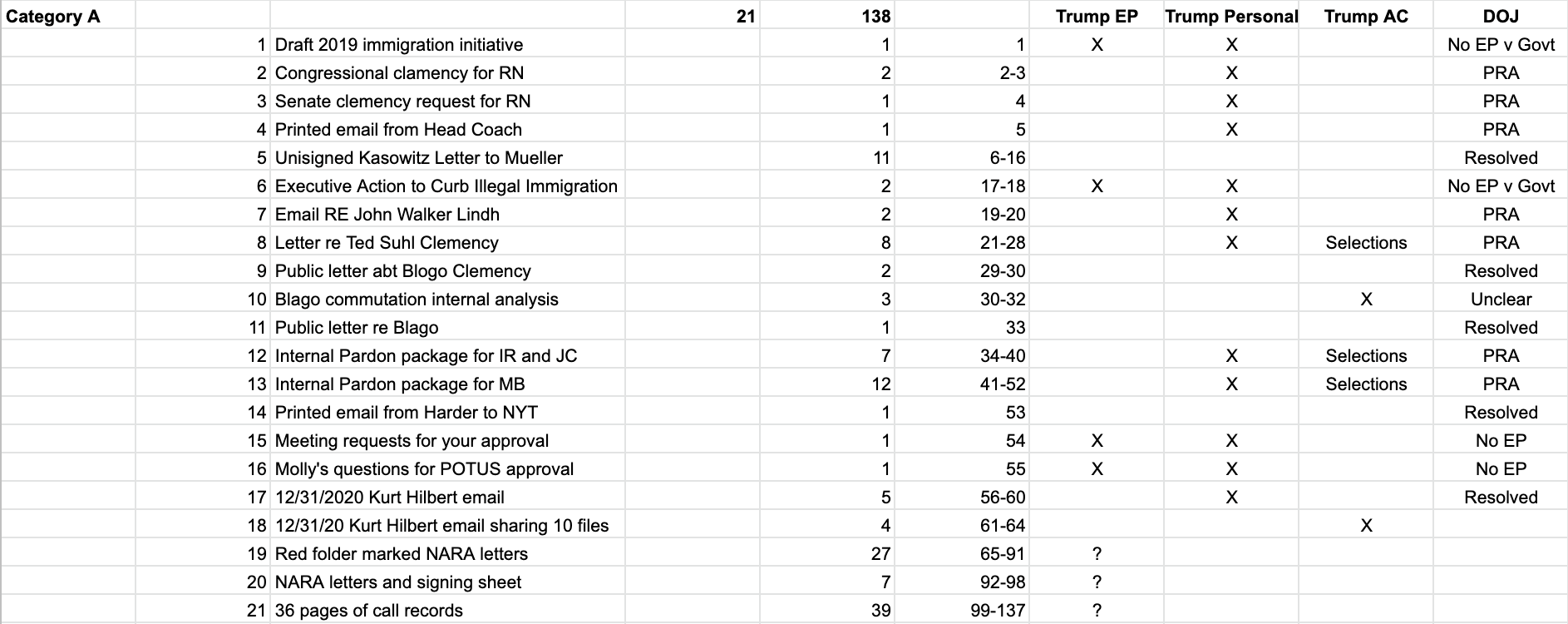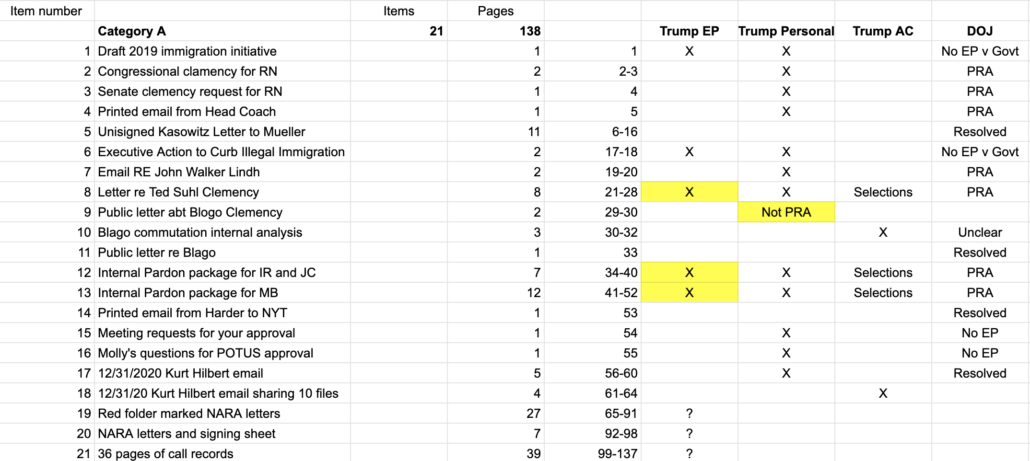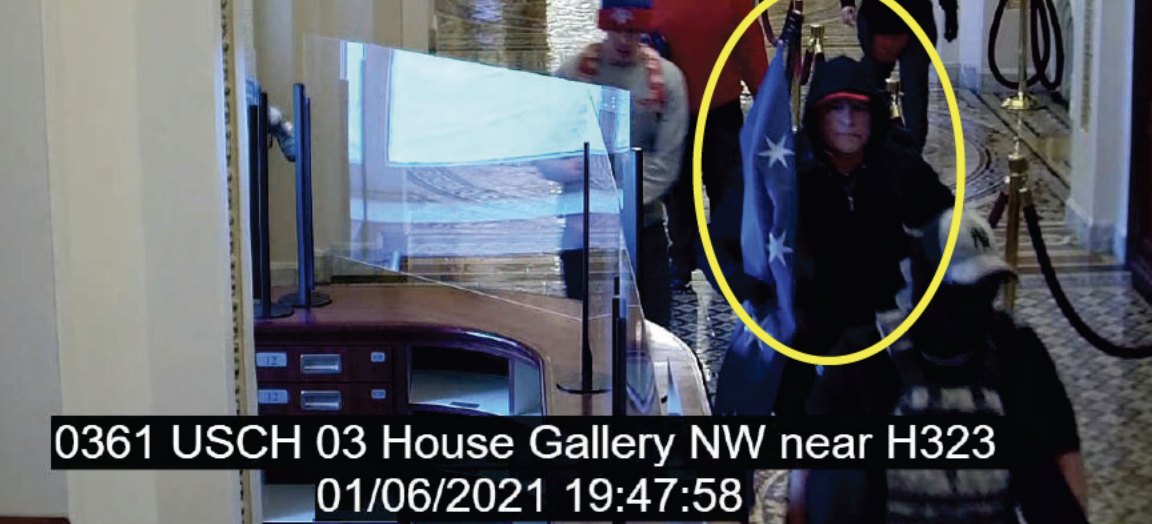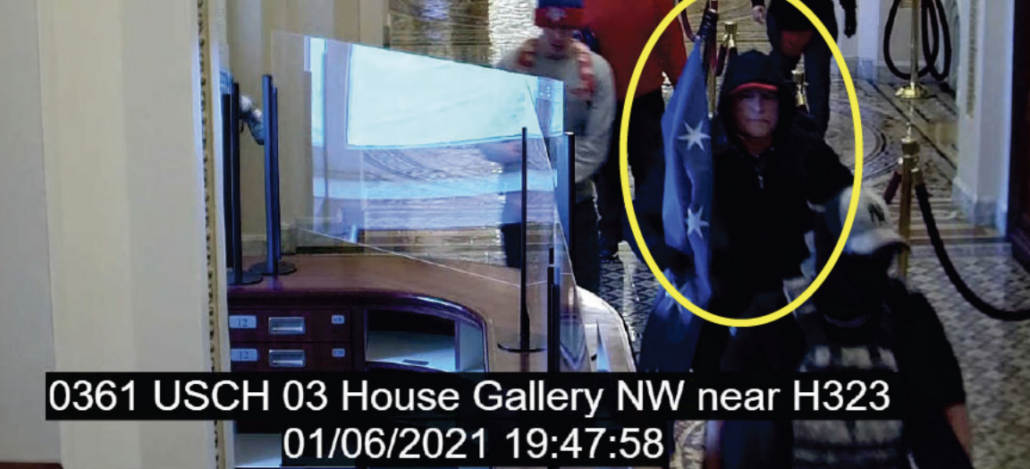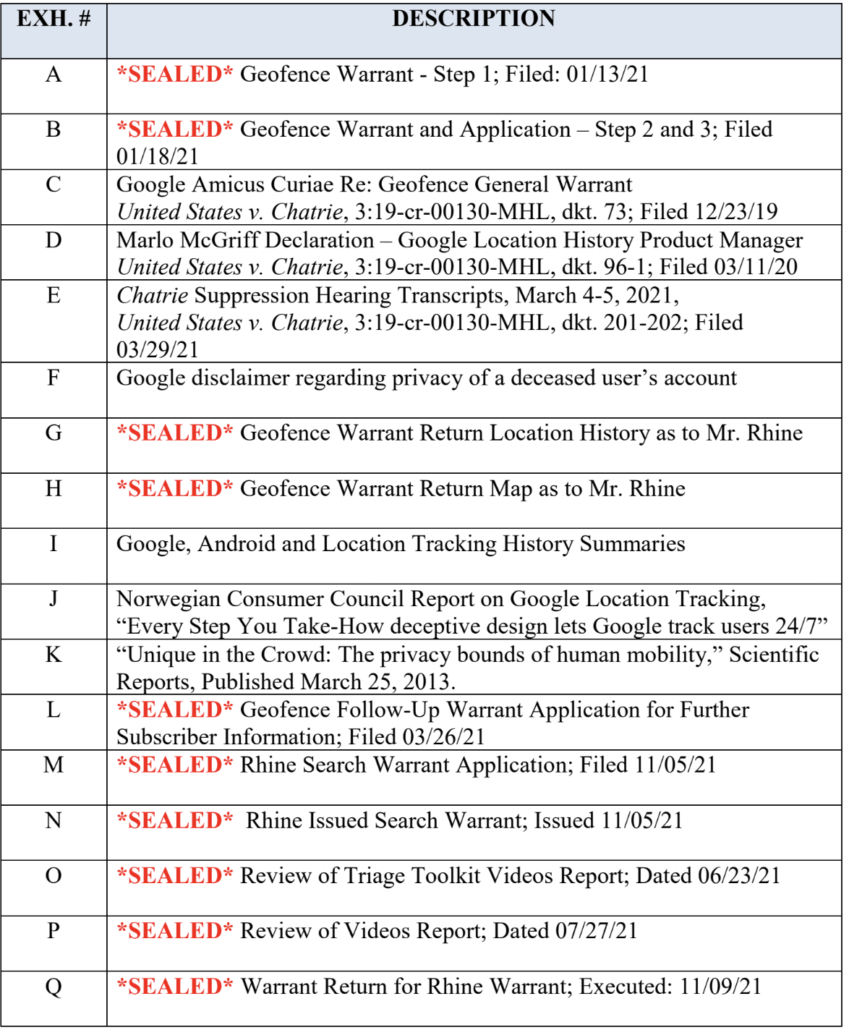Head of Republican Party Attempts to Stave Off Multiple Indictments by Announcing Candidacy Early
In the last week — in the last six months, really — the Trump-whisperers keep doing stories on Donald Trump’s plans to plan to announce he’s running in the 2024 election. Those stories include the claim that he wants to make it harder for DOJ to indict him by announcing he’s running for President in 2024.
Each time attention in the ousted President wanes, he toys with the press again.
Jonathan Swan kicked off the latest such frenzy, promising a November 14 announcement, or maybe not.
Former President Trump’s inner circle is discussing announcing the launch of a 2024 presidential campaign on Nov. 14 — with the official announcement possibly followed by a multi-day series of political events, according to three sources familiar with the sensitive discussions.
Why it matters: Trump and his top advisers have been signaling for weeks that a 2024 announcement is imminent. But those discussions have reached the point that allies are blocking off days in their calendars for the week after the midterms — and preparing to travel.
[snip]
A Trump spokesman declined to comment. The discussions are still fluid and could change depending on Tuesday’s results, especially if the Senate still hangs in the balance and the Georgia race between Herschel Walker and Raphael Warnock goes to a run-off.
Reality check: It’s Trump. So anything could happen — or not. He’s conflicted on the timing and nothing is ever certain. But people who have been close to him for many years are lacing up for the next race.
The Guardian picked it up — noting that Trump’s planning has “intensified” as DOJ has continued the investigation of Trump’s theft of documents and attempted theft of an election.
The plans for the anticipated presidential campaign have intensified as the justice department moves forward with several criminal investigations surrounding Trump, including over potential mishandling of national security documents at his Mar-a-Lago resort, and over the January 6 attack.
Some advisers have told Trump that the timing could be positive since the combined effects of announcing a presidential run and daring the justice department to indict him as a candidate could drown out political messaging by congressional Democrats and the Joe Biden White House.
Then, one of Trump’s sycophants said that he was going to announce last night. After his belligerent rally (at which he attacked Nancy Pelosi), the press reconvened and, rather than talking about the likelihood he’ll incite more violence against the Speaker of the House, talked about his imminent announcement. Maggie Haberman observed, with no irony,
It’s sort of incredible how good he is at getting everybody to follow along with him when he does this game of, I’m thinking of doing it, and — to be clear Don, it’s hard to know sometimes whether it is a game, or whether he is working this out in his head, testing it with 800 different advisors, which is what he was doing.
[snip]
We all know what he’s talking about, we all know what’s coming. I’m personally of the view that it’s more interesting when he actually does something, because we will cover it. He’s running for President, he’s a front-runner in the polls, there’s legitimate reasons to cover it.
[snip]
I think he is extremely smart in terms of media coverage and what the media will chase.
Again, there was no irony in her extended explanation that when Trump actually makes news, they will cover it. None.
Then WaPo’s Mar-a-Lago stenographer teamed up with another Trump scribe to give the full tick-tock of how it didn’t happen. Again: how it did not happen. After a bunch of blather about the election law implications (Trump has committed a container ship’s worth of campaign finance violations in his short political life, but the FEC refuses to act on any of them), in paragraph 15, WaPo talks about making it harder to indict Trump.
Part of Trump’s urgency comes from wanting to get ahead of a potential indictment, the logic being that a declared candidacy makes a prosecution look more political. He is under investigation in two federal probes: one into the efforts to block certification of the 2020 electoral college results and another into the mishandling of classified documents brought to Mar-a-Lago. The Justice Department’s customary freeze on overt steps that could be seen as influencing an election expires when the polls close Tuesday.
Trump also faces an ongoing investigation from a prosecutor in Atlanta into his pressure on Georgia officials to override the state’s popular vote for president in 2020.
Apparently none of these people mind being treated like tools. They’re happy to keep reporting on stories they realize aren’t stories. And why not? Their career depends on leveraging all the access they’ve gotten by reporting on the gilt furnishings at Mar-a-Lago. Their job, until such time as Trump returns to the White House again, is ensuring he stays in the news.
As Maggie said, It’s sort of incredible how good he is at getting people like Maggie to follow along.
Imagine how this infantilization of journalism would change if every major outlet instead reported, factually, that the leader of the Republican Party may announce his candidacy early, in part, in hopes of staving off at least two federal and possibly a Georgia indictments?
Imagine if these people instead reported the news story they’re burying, that the political cycle of the Republican Party is now dictated, in part, by the suspected criminality of the guy whose legal bills the Republican Party has been subsidizing for years? Imagine if every time he played this game, the Trump beat reporters instead described the institutional support in the Republican Party for fraud and political violence?

